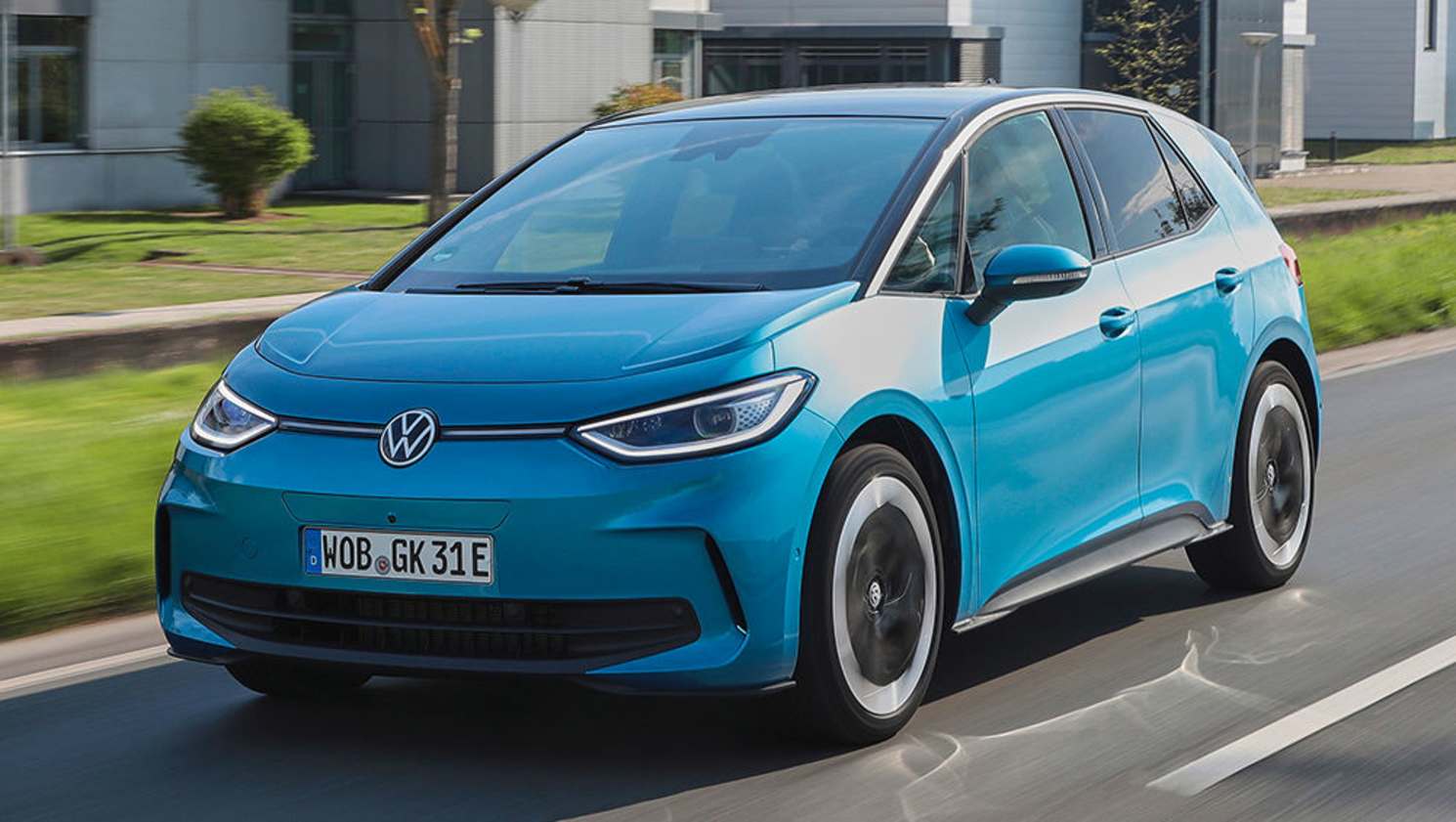Rumours of the quick demise of electric car batteries have been greatly exaggerated.
That’s the finding from the latest battery health test from Germany's largest car club, ADAC, which is similar to the Australia Automobile Association (AAA) Down Under.
The ADAC undertook four years of endurance testing on a Volkswagen ID.3 electric hatchback, covering more than 160,000km, and found the battery maintained 91 per cent of its capacity after its hard life.
The car was often charged to 100 per cent, left connected to the charger for days after reaching the maximum state of charge and was plugged into high capacity DC chargers for more than 40 per cent of its top ups.
Those practices will degrade the battery faster. Most car makers and battery management companies recommend only charging to 80 per cent regularly and using slower AC chargers to top up to 100 per cent.
Despite this, the car only dropped a thimble of real-world range as Volkswagen rolled out a number of software updates that improved the car’s efficiency over that time, which resulted in longer driving range despite reduced overall battery capacity.
An electric car’s ability to improve via software updates is a major boost to electric car owners, as it helps boost the longevity of their car.
The ADAC also noted the ID.3 could now charge quicker than before thanks to these updates.
Volkswagen doesn't sell the ID.3 in Australia, yet, but it is rolling out it range of EVs, including the ID.4, ID.5 and ID.Buzz.
Volkswagen’s boss of sales, marketing and after sales, Martin Sander, said it showed the quality of VW’s ID models.
“A high battery capacity of over 90 per cent after 160,000 kilometres confirms our ID. models are also very attractive as used cars and continue to meet the requirements of our customers,” he said.
The results follows recent data released in Australia by auction house Pickles, which now provides battery health scores with its used EV sales.
Pickles has tested more than 650 electric cars with the average battery health level of 96 per cent.
Pickles’ data showed the real tipping point was when an electric car travelled more than 120,000km, with the average battery score of 83 per cent of vehicles that had exceeded this level.
.jpg)

.jpg)

.jpg)



.jpg)
_0.jpg)


 (3).jpg)
.jpg)







 (3).jpg)


.jpg)

